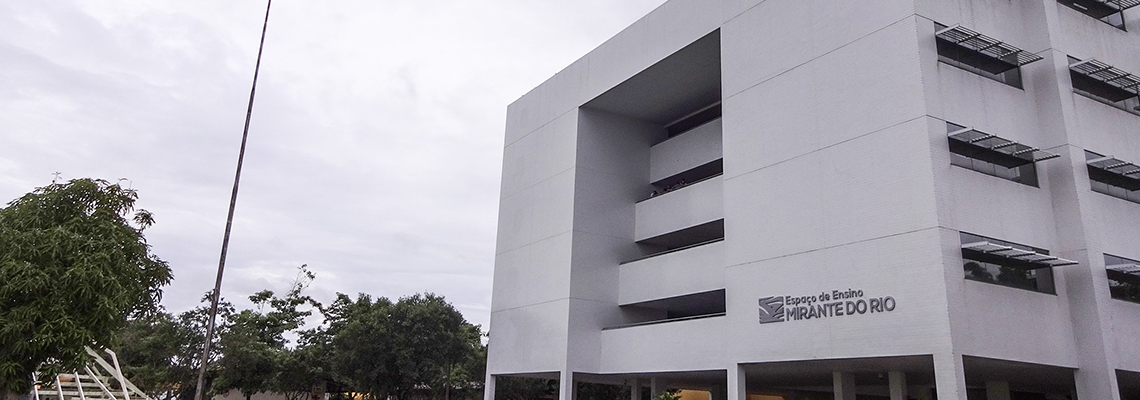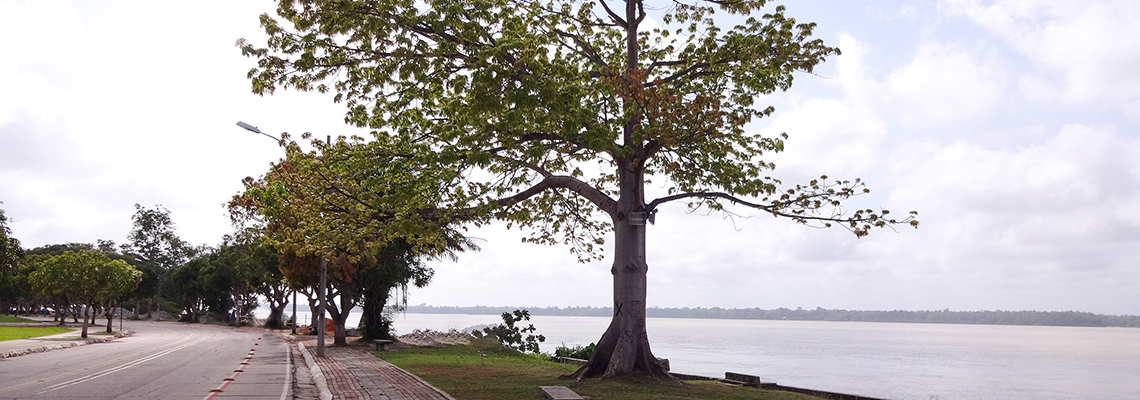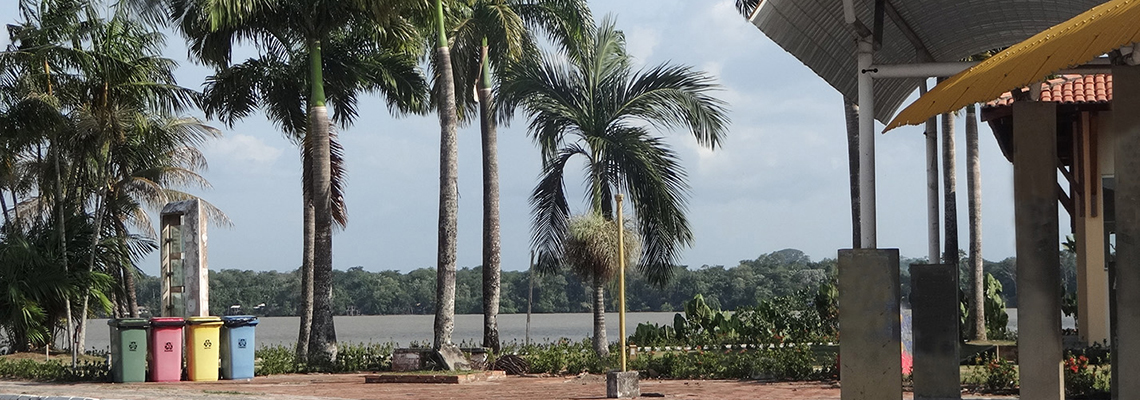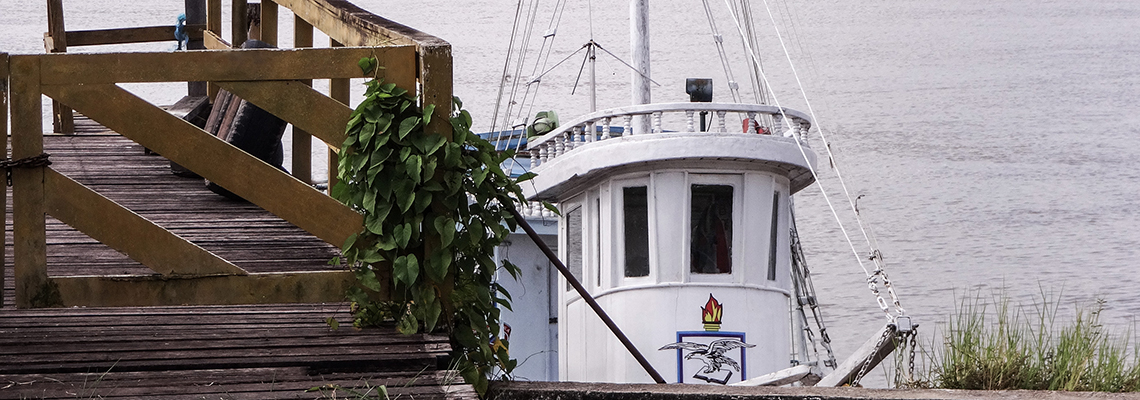11/17/2015 13:16:33-CRESS PA
Violence in Bethlehem: the scars of social injustice
The simple flight over the city of hoses is revealing of what city it is. Stuck in the middle of the waters from Guamá and the beautiful Belém to Guajará 400 years reveals his "scars". The waters that you bathe can't hide the disparities between the Bethlehem of the included and the excluded to Bethlehem. "Patches of urban poverty are candid shots from above, in contrast to urban areas and embellished the best live. As these were built 400 years such differences?
The capital of Pará is the 11th most populous city and the second in the North, with, according to the IBGE 1.4 million inhabitants. By the criterion of murders a group of 100 1000 inhabitants is the 10th most violent city in the world (78.08 homicides for every 100 1000 inhabitants), according to a survey made by the non-governmental organization Mexican Citizen Council for public security and Penal Justice, released last October. In the Brazilian ranking established by the "Map of violence" Julio Jacobo Waiselfisz coordinated during the period from 2000 to 2012 the general rate of homicides in Bethlehem ascended in 43.6%, while the violent deaths among young people grew up 62.5% in the same period.
Research coordinated by researchers Thomas Mitschein (UFPA/POEM) initiated since 1989 about urban violence in the capital of Pará reveals a worrying scenario: 95% of respondents (residing in the most violent neighborhoods of the city) said to be the muggings and break-ins are your biggest concerns and drug trafficking is cited by 75% of respondents as the second leading cause of fear. The residents think that the forms of police activities strengthen the general feeling of insecurity in peripheral neighborhoods. The violence and police corruption were cited by 75% of respondents.
In the wake of the data, bombarded daily by exhaustion sensacionlistas programs that exploit the crime in Exchange for audience well remunerated, causes a feeling of insecurity in the population, triggering terror and fear of/in social coexistence. But such ideologies benefit from the fear generated for profit and, worse than that, spread the scapegoating of expanding violence to poor, young black men living in the periphery. Making believe to most people that poverty and crime are unsuspecting blood sisters. Poverty of analysis ...
But what is even violence? It seems that the data presented, which only relate to actions that affect the life, as homicide; the homicide rate was created to measure and compare the violence. Common sense is often construed as to raging violence in the avenues and public places, threatening life and property. All these concepts are controversial and deserve repairs. The Brazilian sociologist Tagar conceptualizes violence as a form of sociability "in which the assertion of power, legitimized by a particular social norm, which gives it the form of social control: the violence appears as a control device, open and continuous (...) excess power that prevents the recognition of another — person, class, gender or race — through the use of force or coercion, causing some damage, setting the opposite of the possibilities of contemporary democratic society ".
These ideas extend the sense of violence incorporating senses before trivialised and naturalized, justify inequalities and social fractures, manifest in the machismo, racism, sexism, xenophobia, homophobia, etc..
If so, then we need another look at the violence that plagues our city brunette, a deeper look to realize the true sources of crime. Social inequality is the real source of violence. According to the PNUD/IPEA the 205 more Rico in town get 70% of the wealth, while the poorest 20% 5%. Are vulnerable to poverty, according to the same source 33% of the population of the city. Almost 30% of the occupied population does not have the key, not officially registered.
These data show high rates of institutional violence, which translates in favorecedoras public policy weaknesses of more justice and social equality. High rates of unemployment and informality associated with low-quality education that excludes the most vulnerable, are ingredients that promote inequalities coupled the increase of violence in the form of crime.
If you are of those who feel fear the idea of leaving home, we know that if the solution and progress to feel safer is the high rate of MPs per head of population, or the dizzying rise of the vacancies in prisons, or the elevation of suspects or criminals killed in ' clash ' with the police, we're sure that we're on the wrong side of history. Yes, the society where residents feel safer are those with lower rate of social inequality, lowest unemployment rate, highest rate of school success, where the young more practice sport and art and attend free universities, which has access to leisure as the labour market with social law guaranteed.
Maybe we can over the next 400 years of our beautiful/ugly city, write another story of social justice and happiness to everybody, which airplane views those scars are part of our past.








